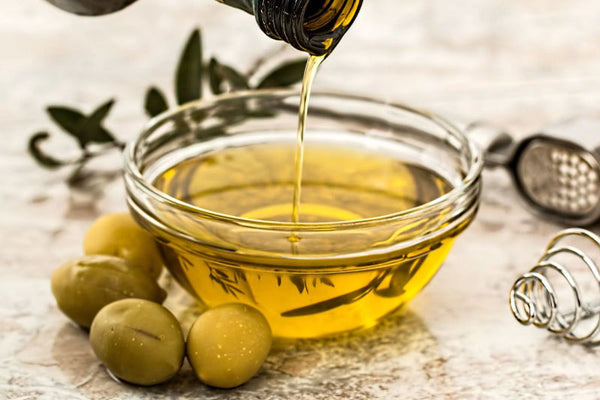How To Start Recycling Cooking Oil

It may not be the biggest thing on your radar as you manage a busy kitchen, but after a while, as they turnover tables time and time again, many restaurant owners and managers will have a chance to wonder – what should I do with my used cooking oil? First of all, cooking oil is a big commodity in our culinary world, which is one reason that cooking oil recycling makes so much sense. Experts suggest that this is a $130 billion industry annually, but that doesn't really give you a good visual of how much cooking oil our food service businesses go through each year.
A better way to think about it is that your commercial fryer will typically use at least 5 or 10 liters of oil, or much more, per use – and when you think about 10 liters or 100 liters of oil, in a drum or a barrel, you start to see how much of the stuff goes through our supply chains on a regular basis.Just getting this stuff into and out of your restaurant is a job!
With that in mind, recycling or reusing kitchen cooking oil, or dealing it with it in some proper way, provides some major benefits for the restaurant. This starts with maintenance, where simply pouring used oil down your drains can be a serious hazard for your equipment in your infrastructure. So don’t do that! Instead, it's helpful for restaurants to think about restaurant oil recycling or otherwise using spent cooking oil for some purpose, rather than just throwing it away.
Pros and Cons of Working with a Third-Party Recycler
Third-party recyclers will simply take your used cooking oil, and deliver it to a recycling center with no muss or fuss on your end. However, you might not get as much value from your cooking oil as the value that you could get by recycling it yourself.
On-Site Oil Recycling Tips
First, to get more out of your oil, you may want to reuse it. In order to properly reuse your cooking oil, you'll want to first strain it for any crumbs or small pieces, and then properly refrigerate it until the next use. Ultimately, you can also choose to sell your “yellow grease” or used restaurant cooking oil directly to a biodiesel market. Should you decide to do these things, here are some tips:
- Size your containers – if you're going to try to reuse or recycle cooking oil on-site, you don't want to run out of space. Make sure that your containers are of a proper size to accommodate the oil that your cooks are going through daily.
- Stick to a schedule – after this stuff is used, you're going to want to get rid of it as soon as possible. Dealing with a third-party company can be easier, but if you're doing it yourself, it's important to know when you can offload this asset, because if you don't get it off-site after a while, it tends to become a liability.
- Refrigerate – in either case, it's best to refrigerate the cooking oil until it leaves your facility. If you're really using it for a subsequent table service, that refrigeration becomes extremely important. You want to avoid either the idea of improper storage, or the actual fishy odor that comes with improperly stored used cooking oil. It might seem hard to keep all of that oil cold, but if you have a walk-in, you can just wheel it in, as long as it doesn’t get in the way of your other food operations.



















